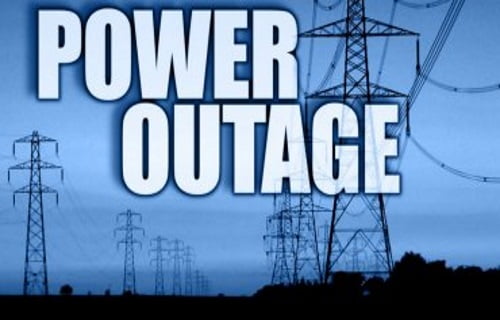
By Amy S.,
Preppers often buy goods and products in order to be ready in case of a catastrophic emergency. In addition to buying food and weapons, acquiring energy generating equipment is among the top priorities for those who wish to set up a shelter in which will have long-term sustainability. In addition to providing a backup method in the event of a grid collapse, some generators can be used in everyday life in order make your home more self-sustaining. Energy is an infinite resource with limited accessibility.
The most common forms of generators function through fossil fuels, wind, and solar energy. These forms can be self-sustaining, though the come at various price points. In addition to these methods, it is possible to make makeshift generators though it often takes extensive planning in order to construct ones that will have enough juice to power anything more than a radio.
Gas Generators
Gas generators are often the least expensive options of all of the popular forms of energy equipment. Despite the relatively small initial investment, they require fossil fuels in order to operate. This creates a dependency on a limited resource and over time can make a gas generator cost much more than the alternatives.
In a long term bug in situation, a gas generator is a poor choice as the primary means of providing energy. Instead of being a passive source of electricity, users need to constantly refill the generator in order keep it operational. The last major drawback of using a gas generator is that it creates a distinct noise signature which can alert others to your presence. In a total collapse, those without resources will be likely to do anything to loot any areas that they think will provide them with food or equipment. The sound of a running generator is the equivalent of a billboard.
Wind Turbines
If you want to have a source that is not dependent on a finite resource, a wind turbine can provide enough power for an entire home with some to spare. On average, a wind mill with an 18 foot blade diamtere sized wind turbine has a 5 kWh generating capcity per day. The global average home uses about 3500 kWh per year. With an active grid, the excess amount of energy flows into the grid and power companies are required to provide refunds for any additional energy that you produce. Essentially, this allows you to run at a negative energy balance and provides a limitless resource when SHTF.
The primary drawback against wind turbines is the expense required to set them up as well as the requirement of being in a location with a decent amount of wind exposure. By going off of small, off the grid mill a home turbine runs at $6000-$9000 for the materials.
Solar Panels

A decent compromise between wind and gas is solar. A single panel is far easier to buy than an entire turbine and it can be integrated into a home without as large of a footprint. Comapnies make roof tiles which have solar panels built in. This allows the absorption of energy during the day and store the power in batteries for use at a later point in time.
In order to provide enough electricity to power a home, it would require quite a few solar panels. This means it would require the purchase of multiple panels in order to be entirely self-sufficient. One of the most appealing aspects to solar energy is that the pieces can be bought one by one until your home is entirely powered by the sun.
DIY Generators
DIY generators often fill the role of gas generators though they can be made to use wood, regular fossil fuels, water, wind, or ethanol. Electricity can be generated through a magnet moving between a copper coil. By creating a simple mechanism, it is easy to keep a magnet in constant motion. By connecting your generator into a series of batteries, you can charge up enough energy to run equipment for a few hours at a time.
This can be useful if you have an emergency need for energy but you do not have access to one of the other generators. Depending on the exact type of generator, it can require the need of specific tools and equipment. As a result, this makes DIY generators an unlikely possibility because if you buy all of the materials needed, you could also buy a cheap gas generator.
Source: https://www.prepperfortress.com
Disclaimer: We at Prepare for Change (PFC) bring you information that is not offered by the mainstream news, and therefore may seem controversial. The opinions, views, statements, and/or information we present are not necessarily promoted, endorsed, espoused, or agreed to by Prepare for Change, its leadership Council, members, those who work with PFC, or those who read its content. However, they are hopefully provocative. Please use discernment! Use logical thinking, your own intuition and your own connection with Source, Spirit and Natural Laws to help you determine what is true and what is not. By sharing information and seeding dialogue, it is our goal to raise consciousness and awareness of higher truths to free us from enslavement of the matrix in this material realm.
 EN
EN FR
FR

























